In today’s dynamic digital world, businesses must deliver consistent, high-quality content across multiple platforms. And they must do so with agility, to remain ahead of competition.
But this is not easy because online presence is so fragmented and diverse nowadays.
Now consider a content management system which is simultaneously a content storage vault and an engine to power diverse digital experiences across multiple platforms. This is exactly the promise of headless CMS with WordPress at the forefront.
Professional website design agencies have witnessed the advent and rise of this ‘WordPress as a Headless CMS’ solution. Whether you’re a business owner or a curious developer, you would be better off getting familiar and employing this new idea in your content management routine. This is exactly the aim of this article.
Understanding Headless CMS
Unlike traditional content management systems, a headless CMS separates the content management and storage part (the body) from the part that shows the content (the head).
Technically speaking, a headless CMS is a backend-only content management system which acts primarily as a content repository.
Here is how it works:
Content Storage: Think of it as a content storage vault for all your website’s content – the text, images and videos etc.
Separation: It removes the ‘head’ (how your content looks on your website) from the ‘body’ (place where content is stored and managed)
Delivery: Now instead of being tied up to the layout of a specific website or platform, headless CMS enables us to send content through APIs right away.
Flexibility: This freed up content is ready to feature on websites, mobile apps, tablets, smart devices or any other digital platform without any hassle.
So in simple words, a headless CMS enables you to store and manage your content in a central place without having to worry about various digital channels layout.
Let’s first remove a common misunderstanding.
Decoupled CMS is not Headless CMS
A headless CMS is different from a decoupled CMS in that it totally relies on APIs to manage and deliver content. Decoupled CMS, on other hand, still includes some front-end preparation.
In this guide we’ll learn how to harness the content creation power of WordPress, unshackled by the content delivery limitations. We’ll explore how to reshape the way websites are built and content is managed, using WordPress as a Headless CMS.
WordPress: from traditional to Headless CMS
Now WordPress, already powering over 40% of the websites in the internet as the go-to solution for content management, is traditionally a monolithic content management system. Meaning WordPress traditionally combines the content management and presentation. But, with the advent of Rest API in WordPress 4.7, the platform has ushered in a new era of headless CMS architecture.
This approach combines the logical interface and extensive plug-ins ecosystem of traditional WordPress with the flexibility and performance benefits of headless architecture.
Without further ado, let’s first walk you through the process of setting up WordPress as a Headless CMS.
Using WordPress as a Headless CMS
You can set WordPress up as the headless CMS by following these steps:-
- WordPress Installation
Begin with Installing and configuring fresh WordPress in your preferred hosting provider. Make sure you’re using the latest version.
- Enabling a Blank Theme
To truly achieve the headless architecture, make sure to use a blank theme: you do not want WordPress to generate unnecessary frontend code. Just create an essential theme with two files:-
- An empty index.php file
- A style.css file with only a theme information header
- Essential Plugins Installation
Must Install and activate two plugins here:-
- WordPress REST API (WP API), bundled up inside the WP core.
- JWT Authentication, required for secure API requests later.
- Configuring Rest API
You will be provided by many REST API endpoints by WordPress. Append /wp-json/wp/v2/ to the site’s URL. Like this:-
- Posts: /wp-json/wp/v2/posts
- Pages: /wp-json/wp/v2/pages
- Users: /wp-json/wp/v2/users
- Backend Customization (optional)
Now that you have got your Headless WP engine purring, you can make a few optional tweaks to really make it shine:-
- Modify your default editor by stripping it off any HTML code. It should serve up only pure content now.
- Use plugins like Advanced Custom Fields to create a desired blend of posts, pages and custom fields to suit your needs.
- Set up users roles and permissions for content creation and API access.
- Security Implementation
Now that your headless CMS scenario is ready to go, you should put some securities in place here:-
- Implement proper authentication for API access, using JWT Plugin.
- Secure the WP admin area through selective access and strong passwords.
Congratulations! Your headless WordPress is setup to streamline your content management.
Integrating with Frontend
Now you can build your frontend, once and for all, using any technology stack of choice.
Here is a simple JavaScript code for fetching posts:-
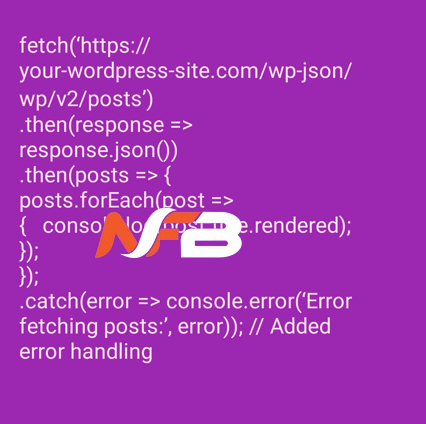
You can use JavaScript frontend frameworks like React.js, Vue.js or Next.js to create dynamic, fast-loading websites that consume content from your Headless WordPress.
Optimizing Performance
Now that your headless WordPress CMS is fully setup, you can further enhance and optimize it’s performance by:-
- Implementing Cache
Utilizing Caching Plugins or server-based caching can reduce the load on your WordPress backend.
- Utilizing CDNs
Making use of Content Delivery Networks can significantly quicken the content delivery, especially for the global audience.
- Optimizing API Queries
Tailor query parameters to request only necessary data. This will decrease the payload size and enhance the response time.
Strategizing Content for Headless WordPress
Strategically modeling your content can further enhance the flexibility of headless CMS for you, and thus make your content management journey smoother.
- Prioritize Reusability
Design your content types and fields keeping reusability (multichannel publishing) in mind.
- Make Custom Post Types
Create some specific content types for different parts of your sites and apps etc.
- Leverage Custom Fields
Use Plugins like Advanced Custom Fields to be able to add structured data to your content.
Future Trends in Headless WordPress
As we look ahead, several trends are shaping the future of headless WordPress CMS. Some of those are:-
- JAMstack Adoption
JavaScript, APIs and Markup (JAM) combination is gaining swift popularity in the website building scene.
- Headless E-commerce
Possibilities of creating unique shopping experiences are emerging by incorporating Headless WordPress to create nifty e-commerce website designs.
- AI driven personalization
More sophisticated content personalization is just on the horizon with the advancement in AI technologies.
Conclusion
WordPress as the Headless CMS offers robust solutions for businesses looking to create flexible and high-performance digital experiences.
By liberating content management from the presentation, companies can focus on content creation and leverage the familiar WordPress backend. No need to tailor their content according to requirements of several digital platforms.
Headless WordPress provides the flexibility and scalability to adapt to emerging channels and technologies too. Whether you’re building a complex web application, a mobile app or a multichannel content platform, it offers the tools to bring your vision to life.

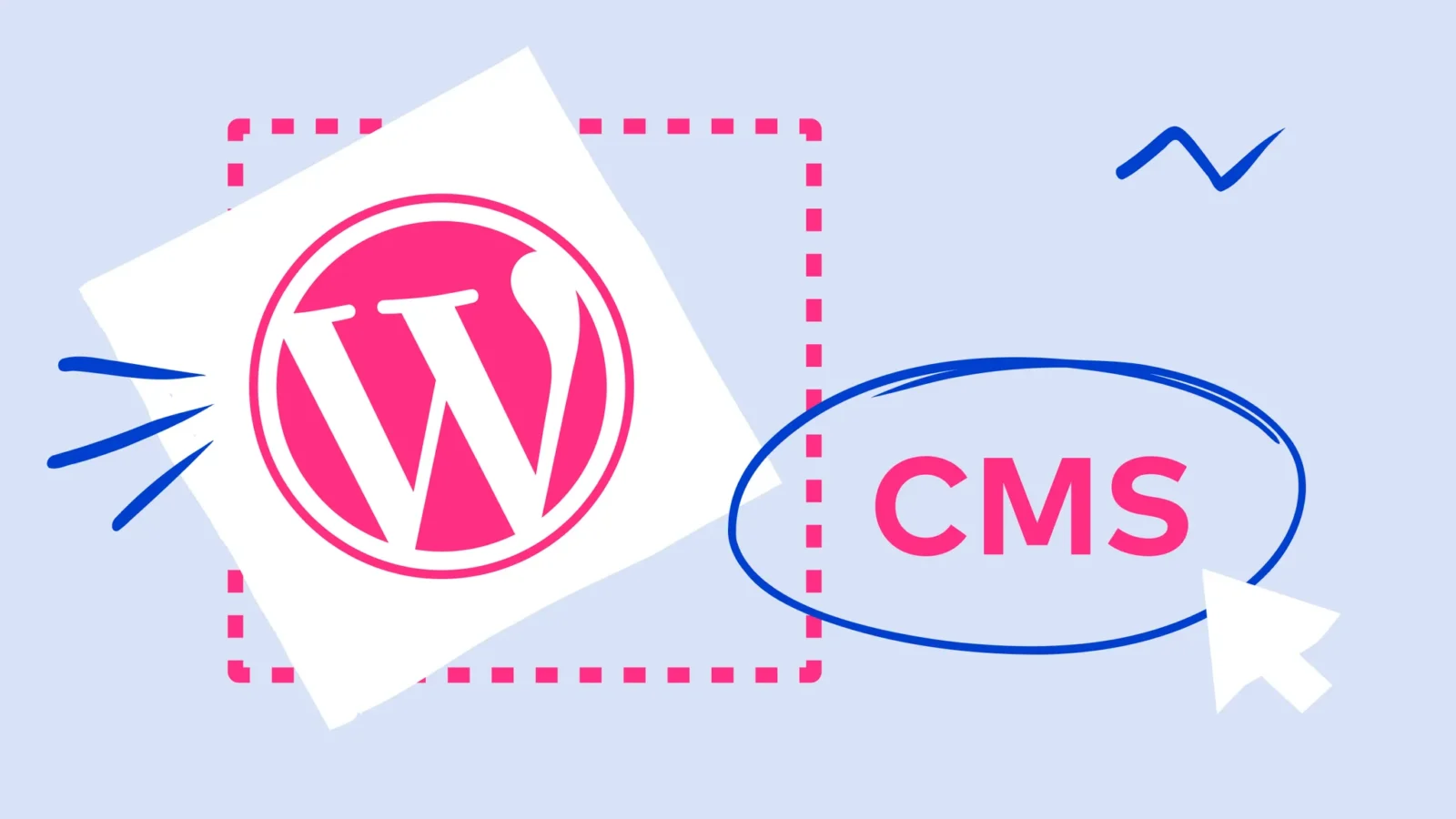

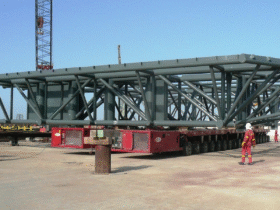
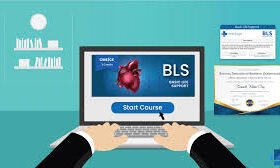






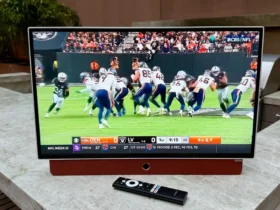


Leave a Reply